How to fix a washing machine drain hose?
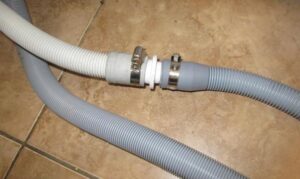 If there is a store near your house that sells components for a washing machine, then it is useless to try to patch a torn drain hose - it is safer to buy a whole one. A new corrugation will cost 200-300 rubles. and eliminate the need to take risks and waste time. When it is not possible to replace a damaged sleeve, we act differently. Sometimes the only option is to temporarily seal the washing machine drain hose. Let's figure out how to do this quickly and without unnecessary risks.
If there is a store near your house that sells components for a washing machine, then it is useless to try to patch a torn drain hose - it is safer to buy a whole one. A new corrugation will cost 200-300 rubles. and eliminate the need to take risks and waste time. When it is not possible to replace a damaged sleeve, we act differently. Sometimes the only option is to temporarily seal the washing machine drain hose. Let's figure out how to do this quickly and without unnecessary risks.
How to seal a hole in a hose reliably?
There are several methods floating around on the Internet for fixing the drain hose of a washing machine, but not all of them are reliable in reality. So, amateur craftsmen often recommend a simple option - sealing the crack with electrical tape. It is necessary to wrap not only the hole itself, but also 10 cm on both sides of it, in several layers, sparing no adhesive tape.
If you wrap the torn area on the hose only with electrical tape, then after a while the water will break through the “patch” and a leak will occur.
It is difficult to judge whether the method with electrical tape is reliable: it all depends on the size of the crack, the quality of the tape and the effort applied. In any case, professional craftsmen offer a more durable option - fixing a plastic tube in a torn hose with your own hands. The instructions are as follows: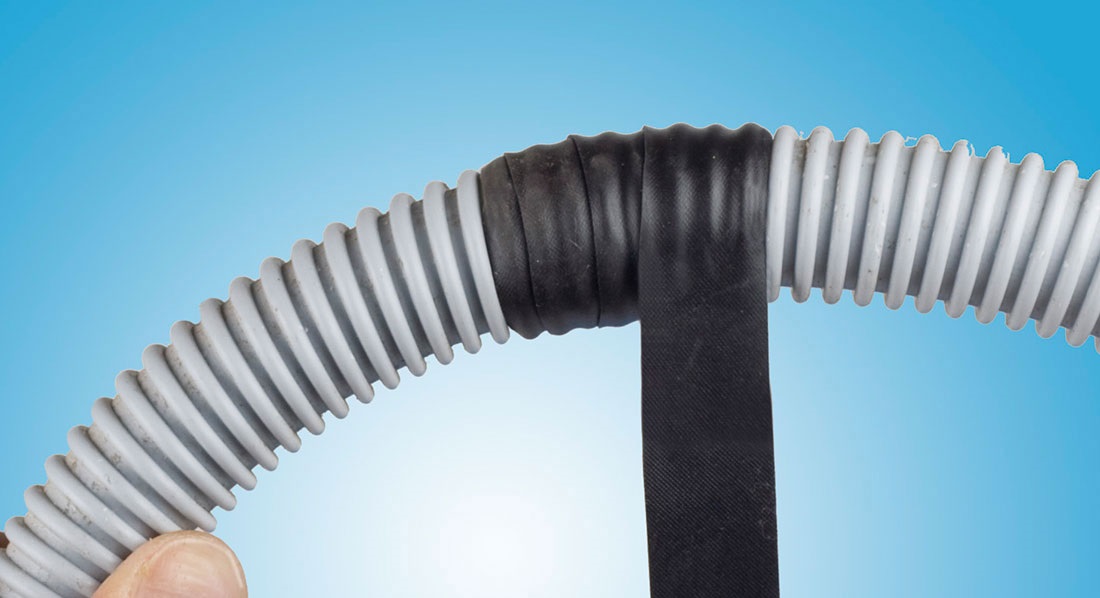
- prepare two steel clamps and a tube (the latter should have a length of 8 cm and a diameter commensurate with the existing drain hose);
- find a crack in the corrugation;
- cut the sleeve in the damaged area, opening access to the “insides”, but without cutting completely;
- generously lubricate the prepared tube with sealant;
- insert the tube first into one half of the corrugation, then into the other (it is desirable that the cut runs in the middle);
- feel the hose and find both ends of the inserted tube;
- fix the clamps on both ends of the tube over the hose.
If you repair a corrugated hose in this way, the “patch” will last for several years. The water drained from the machine will pass through the tube, bypassing the torn area. This will prevent leakage. There is only one “minus” - the area between the clamps will not bend.
How to make a replacement?
Experts recommend using hose repair as a temporary measure, and removing the old hose as soon as possible and installing a new one in its place. Replacing the corrugation is a quick and simple procedure, especially if the washing machine does not have a tray. The main thing is to act carefully and not deviate from the instructions. The procedure is as follows:
- prepare screwdrivers (slotted and Phillips), pliers, a container for collecting water and a rag;
- de-energize the machine and disconnect it from the water supply;
- drain the remaining water in the tank by unscrewing the garbage filter or activating the emergency drain hose;
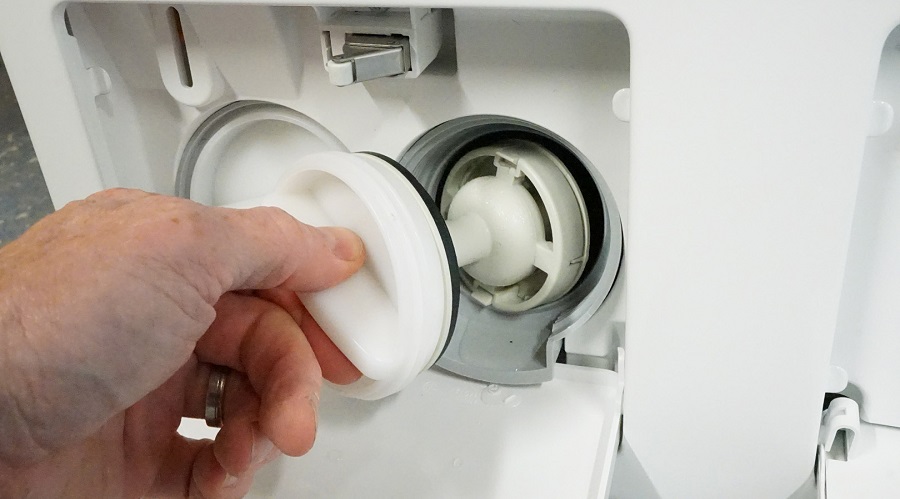
- move the washing machine away from the wall by 1-1.5 meters;
- cover the space around the body with a rag (dirty water will leak out during repairs);
- tilt the machine back so that the front legs rise as high as possible (the ideal option is to lower the washing machine on its right side);
Do not put the washing machine on its left side - water from the powder receptacle can get onto the control board and damage it!
- find where the drain hose connects to the sump pump;
- loosen the hose clamp;
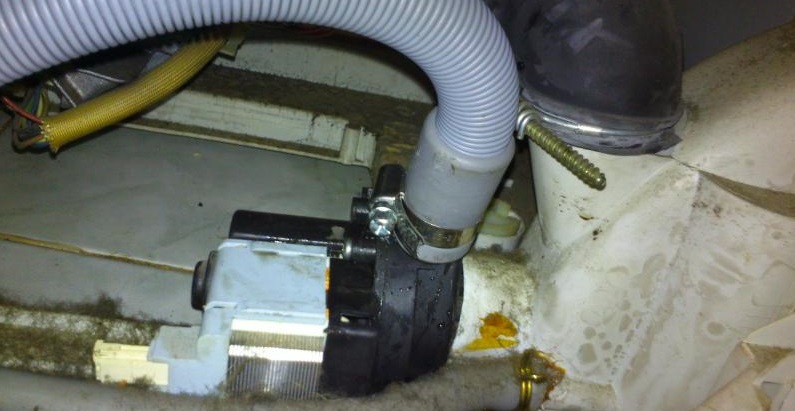
- unhook the hose from the snail;
- pull the corrugation out of the body;
- take a new hose and pull it onto the pump fitting;
- tighten with a clamp;
- attach the hose to the body;
- return the washer to its original position.
The next step is to check the quality of the repairs carried out. We connect the washing machine to the communications, start the rinse program and wait until it drains. Then we check the corrugation and the bottom of the machine for dryness. If there are no drops or smudges at the joints, then everything is done correctly.
Interesting:
Reader comments
- Share your opinion - leave a comment

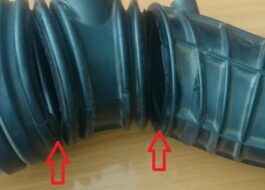

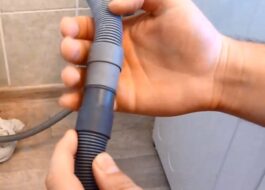

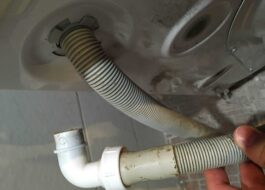
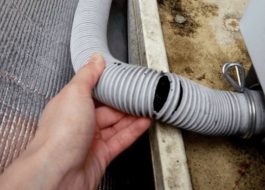














Add a comment